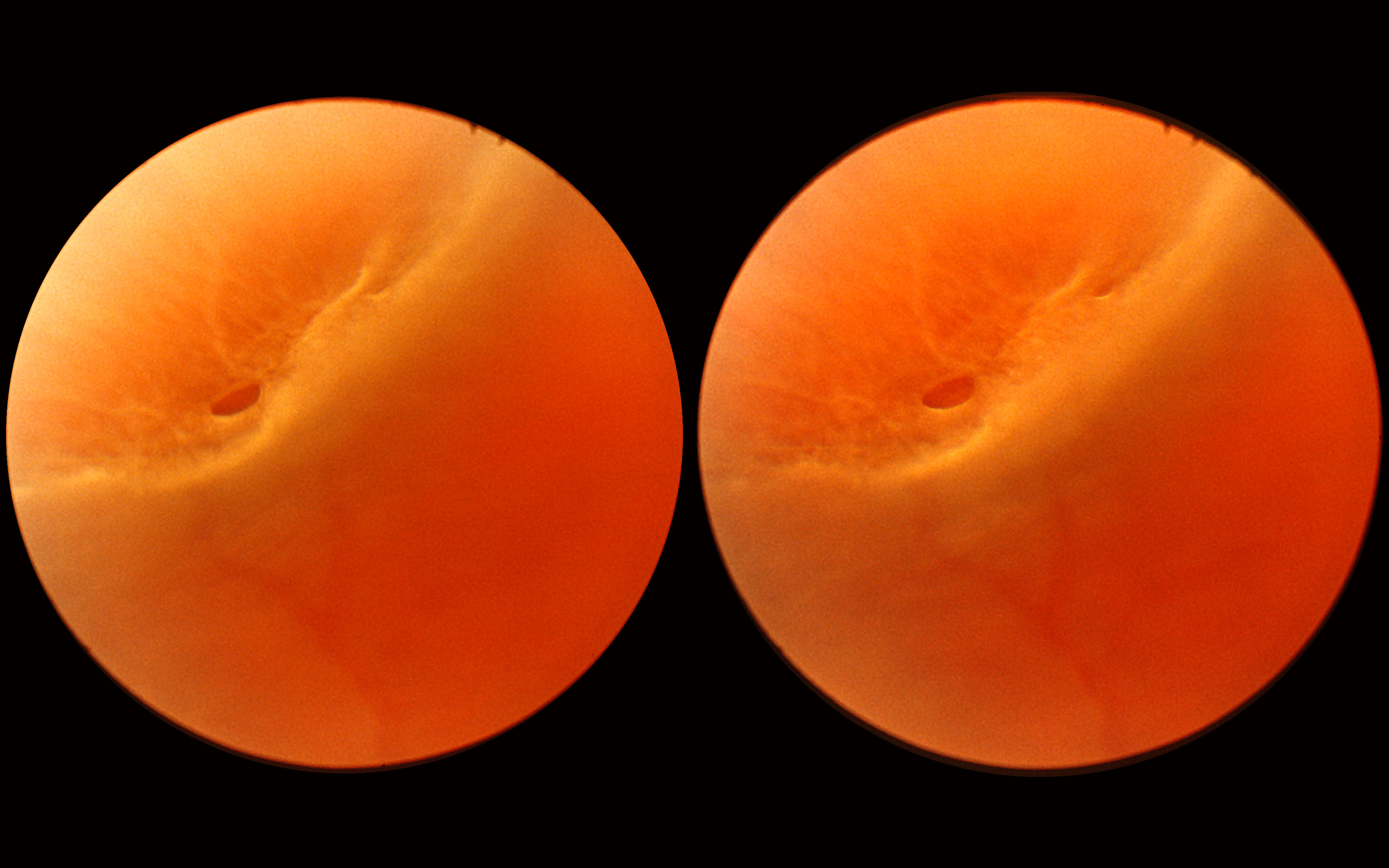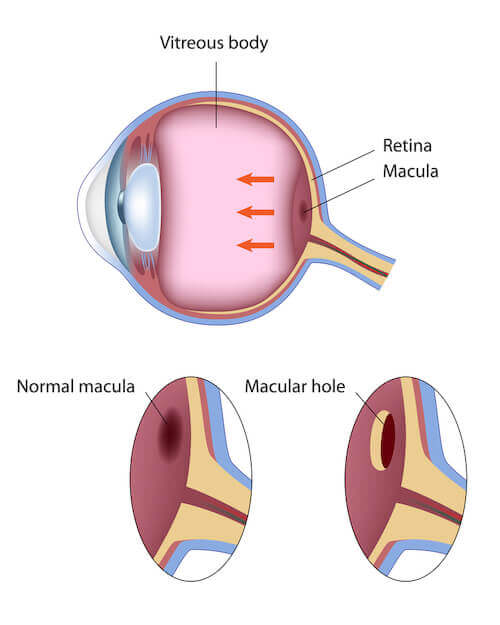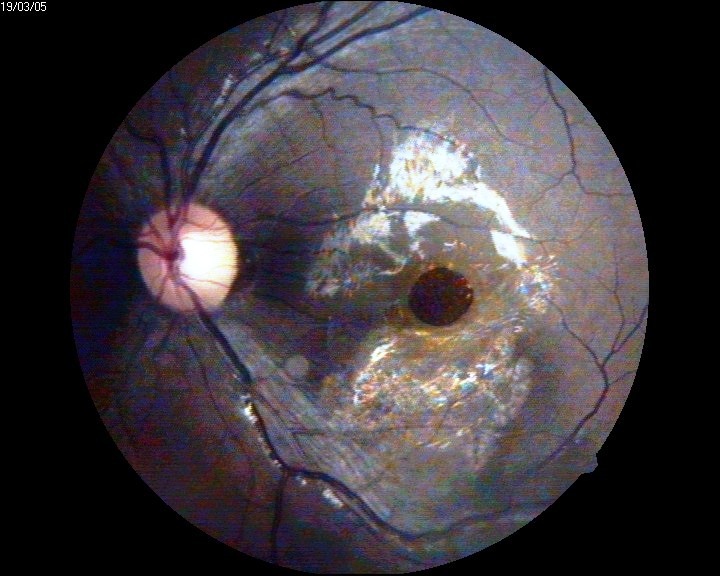

Through this site and linkages to other sites, The information provided in this site, or through linkages to other sites, is not a substitute for medical or professional care, and you should not use the information in place of a visit, call consultation or the advice of your physician or other healthcare provider. This site is not designed to and does not provide medical advice, professional diagnosis, opinion, treatment or services to you or to any other individual. That is why it is important to contact an eye care professional immediately if you see a sudden or gradual increase in the number of floaters and/or light flashes, or a dark curtain over the field of vision. Visual results are best if the retinal detachment is repaired before the macula (the center region of the retina responsible for fine, detailed vision) detaches. Even under the best of circumstances, and even after multiple attempts at repair, treatment sometimes fails and vision may eventually be lost. The final visual result may not be known for up to several months following surgery. However, the visual outcome is not always predictable. With modern therapy, over 90 percent of those with a retinal detachment can be successfully treated, although sometimes a second treatment is needed.


With all of these procedures, either laser or cryopexy is used to “weld” the retina back in place. During the healing process, the eye makes fluid that gradually replaces the gas and fills the eye. Gas is often injected to into the eye to replace the vitreous and reattach the retina the gas pushes the retina back against the wall of the eye. Next, a small instrument is placed into the eye to remove the vitreous, a gel-like substance that fills the center of the eye and helps the eye maintain a round shape. During a vitrectomy, the doctor makes a tiny incision in the sclera (white of the eye). If necessary, a vitrectomy may also be performed. In some cases a scleral buckle, a tiny synthetic band, is attached to the outside of the eyeball to gently push the wall of the eye against the detached retina. Some retinal detachments can be repaired with pneumatic retinopexy, an office procedure. Retinal detachments are treated with surgery that may require the patient to stay in the hospital. Cryopexy freezes the area around the hole and helps reattach the retina. During laser surgery tiny burns are made around the hole to “weld” the retina back into place. These procedures are usually performed in the doctor’s office. Small holes and tears are treated with laser surgery or a freeze treatment called cryopexy.


 0 kommentar(er)
0 kommentar(er)
